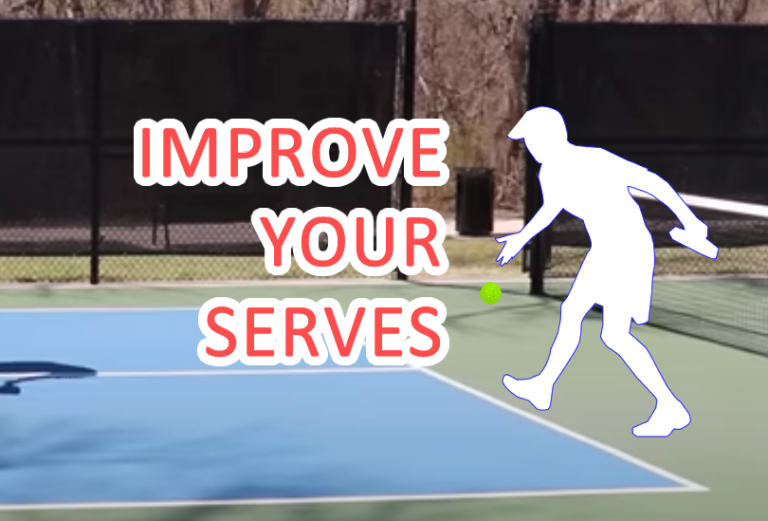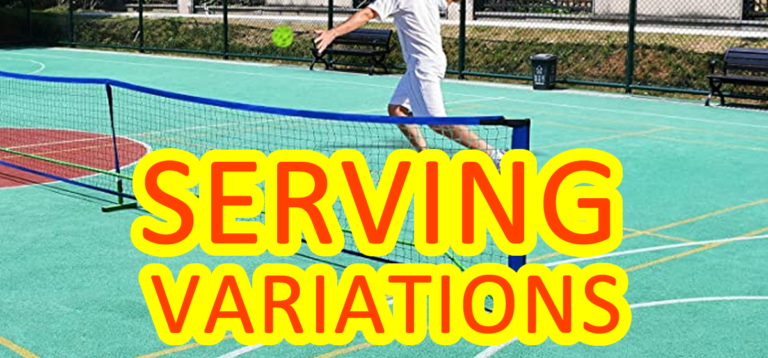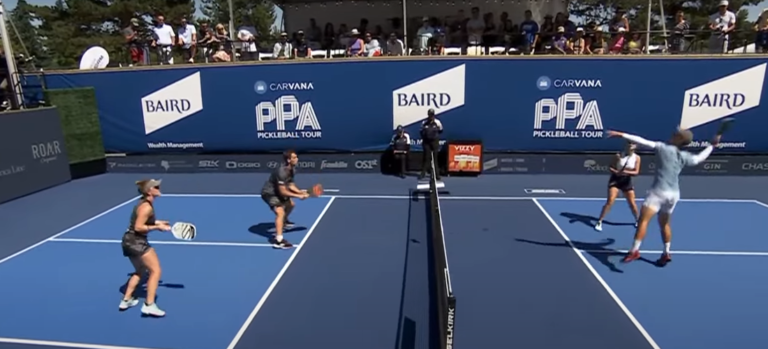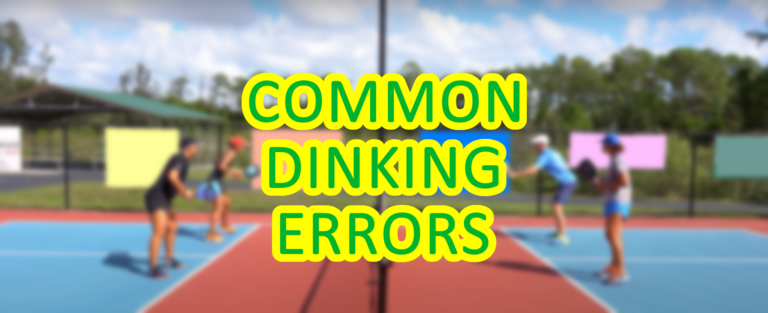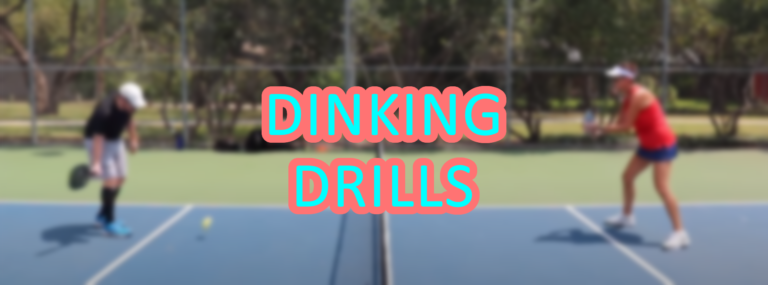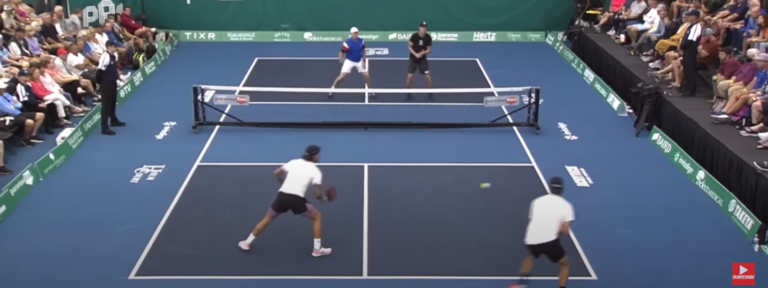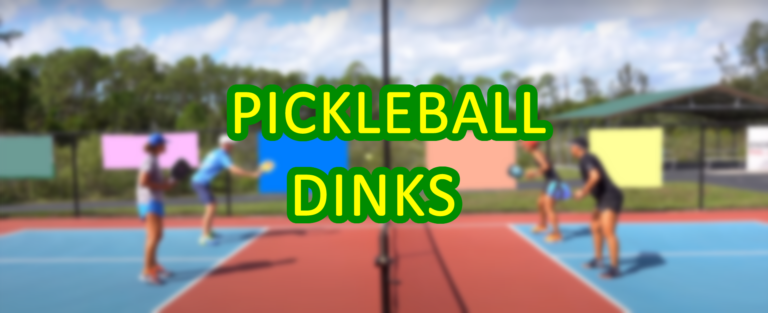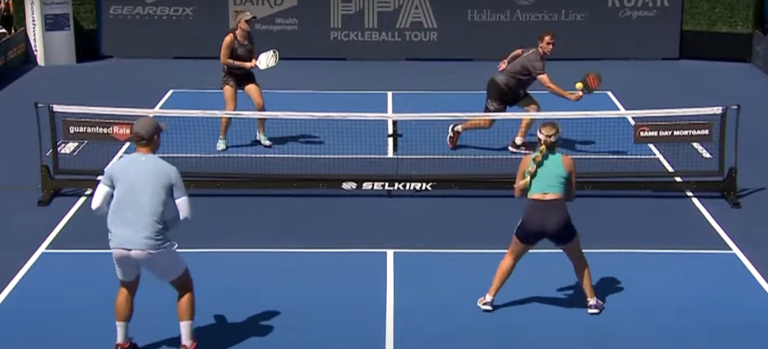Legal Serves – The Basics
Since every pickleball game begins with a serve, there are several rules you need to be aware of to make sure that your serves are legal. For the longest time the rules of serving in pickleball was pretty simple–just hit the ball below your waist. But more recently additional rules have been added to clarify how serves are to be made in pickleball. You have a couple of options when it comes to pickleball serves.
Types of Legal Serves
The Volley Serve
The original legal pickleball serve is the volley serve. You drop the ball and then hit it before it bounces on the ground. You can hit it with either a forehand or a backhand and must conform to the following rules:
- The ball must be below the waist when it makes contact with the paddle
- The paddle must be in an upward motion when it hits the ball
- No part of the head of the paddle can be above the wrist joint
- Both of the server’s feet must be behind the service line
The Drop Serve
Another legal pickleball serve is the drop serve. Provisionally added in 2021, now fully adopted into the official rules. With the drop serve you let the ball bounce on the ground before hitting it with either a forehand or a backhand motion. Except for having both feet behind the service line, none of the restrictions to the volley serve applies. The ball can bounce anywhere on the court. There are no rules on how many times the ball bounces before it is hit. But you must hit the ball within the 10-second rule. However, a proper drop serve must include the following:
- You can hold the ball as high as you can reach and then let the ball drop naturally; you can’t pound the ball into the ground
- You can use your paddle but only to let the ball naturally roll off its surface; you can not use your paddle to toss or hit it upward before letting it bounce on the ground
Illegal Serve
The Spin Serve
When we say “spin serve” we’re talking specifically about a technique where the server will deliberately spin the ball with their non-paddle hand before letting it drop and hitting it with the paddle.
From the USAPA Rulebook Change Document:
The serve shall be made with only one hand releasing the ball. While some natural rotation of the ball is expected during any release of the ball from the hand, the server shall not impart manipulation or spin on the ball with any part of the body immediately prior to the serve.
Rule 4.A.5.
The three reasons given for the non-adoption of the pre-serve spin are:
- Limited adoption of the one-handed spin serve by the pickleball community
- Input from pro players leans toward elimination of the spin serve
- Safety issue caused by balls bouncing significantly wide distances from the court
To be clear, you can still impart a spin to the ball after you hit it using proper technique and at times helped by pickleball paddles made for spin. Players who can impart a spin on their ground stroke can do the same for their drop serves since the way the ball bounces on a ground stroke is practically the same as the way it bounces on a drop serve.
Pickleball legal serves can be a complex yet essential element of the game. Knowing the proper etiquette for a successful serve complete with correct stance and technique, as well as understanding all the rules that govern serving in pickleball can make or break a game. The legal serve is the foundation of any successful pickleball match, and understanding how to properly execute one will help ensure an enjoyable and successful experience for all players involved.

